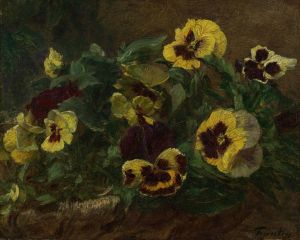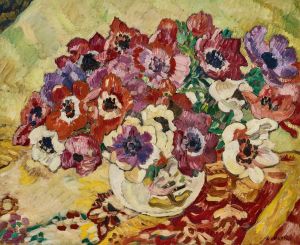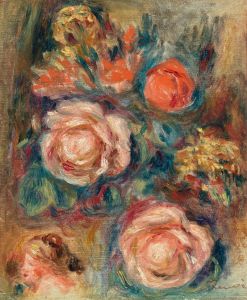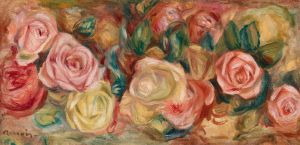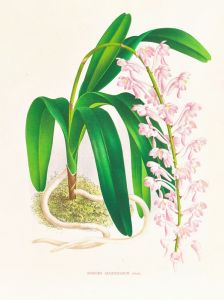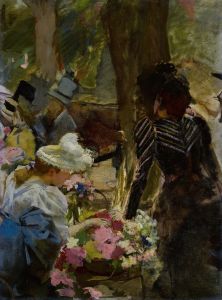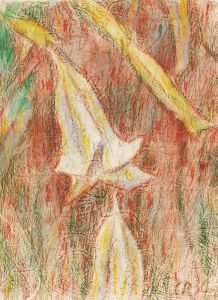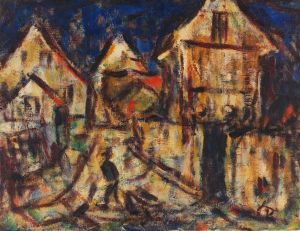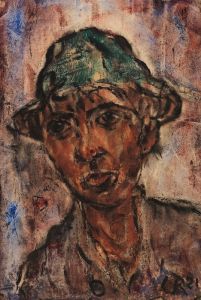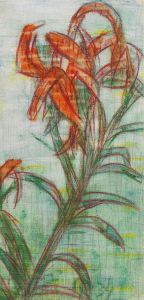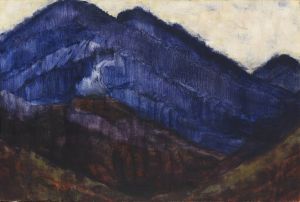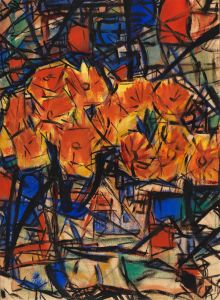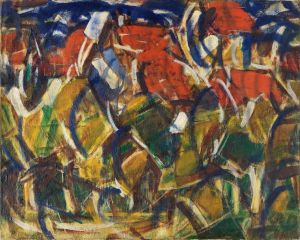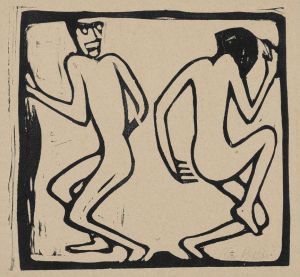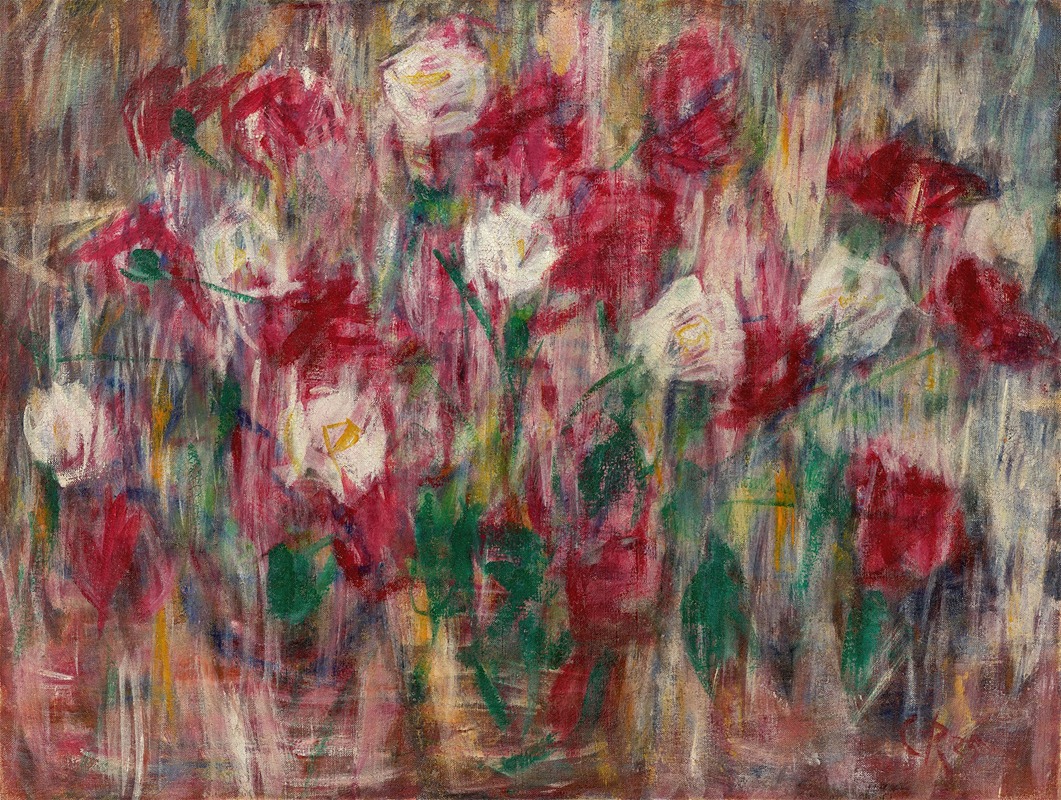
Rosen und Nelken
A hand-painted replica of Christian Rohlfs’s masterpiece Rosen und Nelken, meticulously crafted by professional artists to capture the true essence of the original. Each piece is created with museum-quality canvas and rare mineral pigments, carefully painted by experienced artists with delicate brushstrokes and rich, layered colors to perfectly recreate the texture of the original artwork. Unlike machine-printed reproductions, this hand-painted version brings the painting to life, infused with the artist’s emotions and skill in every stroke. Whether for personal collection or home decoration, it instantly elevates the artistic atmosphere of any space.
"Rosen und Nelken" (Roses and Carnations) is a painting by the German artist Christian Rohlfs, who is recognized as one of the most important representatives of German Expressionism. Born on December 22, 1849, in Groß Niendorf, Rohlfs had a prolific career that spanned several decades and artistic movements, including Impressionism and Symbolism, before he fully embraced Expressionism.
Christian Rohlfs began his formal art education at the Grand Ducal Saxon Art School in Weimar, where he studied under notable teachers such as Paul Thumann and Alexander Struys. His early works were influenced by the academic style of the time, but he gradually moved towards a more personal and expressive approach. By the early 20th century, Rohlfs had developed a distinctive style characterized by bold colors, dynamic compositions, and a focus on emotional expression.
"Rosen und Nelken" is a testament to Rohlfs' mature style, showcasing his ability to convey intense emotion through the use of color and form. The painting features a vibrant bouquet of roses and carnations, rendered in a way that emphasizes their natural beauty while also imbuing them with a sense of vitality and movement. The flowers are depicted with thick, expressive brushstrokes, and the background is composed of contrasting colors that enhance the overall impact of the composition.
Rohlfs' use of color in "Rosen und Nelken" is particularly noteworthy. He employs a rich palette that includes deep reds, pinks, and greens, creating a striking visual contrast that draws the viewer's eye to the central subject. The interplay of light and shadow adds depth and dimension to the flowers, making them appear almost three-dimensional. This technique reflects Rohlfs' mastery of color theory and his ability to manipulate paint to achieve a desired effect.
Throughout his career, Christian Rohlfs was associated with several important art movements and institutions. He was a member of the Berlin Secession, a group of progressive artists who sought to break away from the conservative art establishment in Germany. Rohlfs also had close ties with the Brücke group, an influential collective of Expressionist artists based in Dresden. His work was exhibited widely in Germany and abroad, earning him recognition as a leading figure in the Expressionist movement.
In addition to his contributions to painting, Rohlfs was also an accomplished printmaker. He experimented with various printmaking techniques, including woodcuts and lithographs, producing works that further demonstrated his innovative approach to art. His prints often featured similar themes and motifs as his paintings, exploring the same emotional and aesthetic concerns.
Christian Rohlfs continued to create art well into his later years, remaining active until his death on January 8, 1938, in Hagen, Germany. His legacy is preserved in numerous public and private collections, and his work continues to be studied and appreciated by art historians and enthusiasts alike. "Rosen und Nelken" remains a significant example of Rohlfs' artistic vision, capturing the essence of his Expressionist style and his enduring fascination with the natural world.





